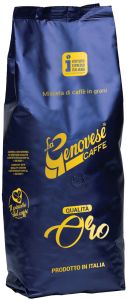
7-9
Workdays
Extended delivery time
Please note that if you purchase this item, you should expect a longer delivery time for your entire order. We cannot ship other items in your order, that are in stock, ahead of time.
Article No. 10223
Aroma(s) : Chocolaty, Nutty
Article No. 10223
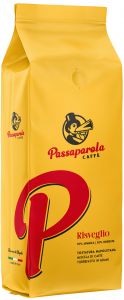
5-7 Workdays Article No. 13970
Aroma(s) : Chocolaty, Malty
Article No. 13970
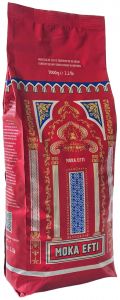
5-7 Workdays Article No. 10154
Aroma(s) : Chocolaty, Cloves, Cinnamon, Nutty, Fruity
Article No. 10154
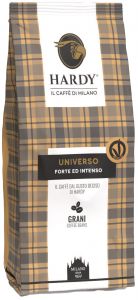
5-7 Workdays Article No. 1926
Aroma(s) : Chocolaty, Nutty
Article No. 1926
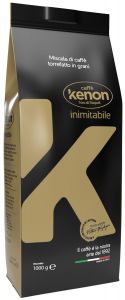
5-7 Workdays Article No. 11003
Aroma(s) : Chocolaty, Malty
Article No. 11003
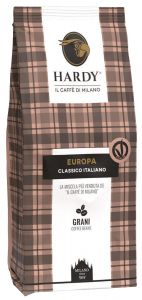
5-7 Workdays Article No. 1927
Aroma(s) : Nutty, Malty
Article No. 1927
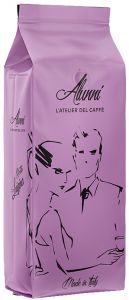
10-12
Workdays
Extended delivery time
Please note that if you purchase this item, you should expect a longer delivery time for your entire order. We cannot ship other items in your order, that are in stock, ahead of time.
Article No. 10738
Aroma(s) : Nutty, Fruity
Article No. 10738
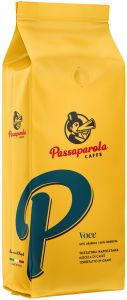
10-12
Workdays
Extended delivery time
Please note that if you purchase this item, you should expect a longer delivery time for your entire order. We cannot ship other items in your order, that are in stock, ahead of time.
Article No. 18550
Aroma(s) : Chocolaty, Malty
Article No. 18550
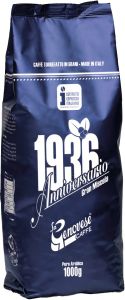
14-16
Workdays
Extended delivery time
Please note that if you purchase this item, you should expect a longer delivery time for your entire order. We cannot ship other items in your order, that are in stock, ahead of time.
Article No. 11043
Aroma(s) : Chocolaty, Floral, Fruity
Article No. 11043
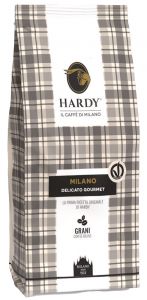
5-7 Workdays Article No. 1928
Aroma(s) : Chocolaty, Floral
Article No. 1928
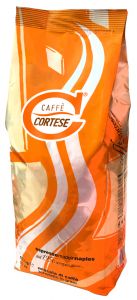
5-7 Workdays Article No. 10509
Aroma(s) : Chocolaty, Nutty
Article No. 10509
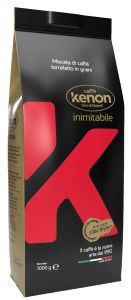
5-7 Workdays Article No. 11000
Aroma(s) : Chocolaty, Malty
Article No. 11000
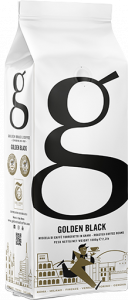
5-7 Workdays Article No. 10740
Aroma(s) : Chocolaty, Almond, Floral, Fruity
Article No. 10740
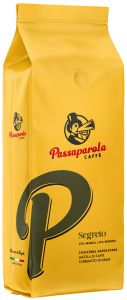
8-10
Workdays
Extended delivery time
Please note that if you purchase this item, you should expect a longer delivery time for your entire order. We cannot ship other items in your order, that are in stock, ahead of time.
Article No. 15210
Aroma(s) : Chocolaty, Malty
Article No. 15210
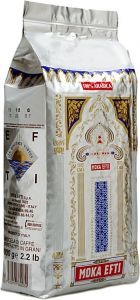
5-7 Workdays Article No. 10102
Aroma(s) : Nutty, Fruity
Article No. 10102
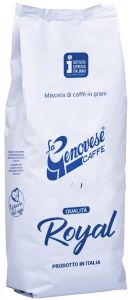
5-7 Workdays Article No. 10222
Aroma(s) : Chocolaty, Nutty
Article No. 10222

5-7 Workdays Article No. 1722
Aroma(s) : Chocolaty, Nutty
Article No. 1722
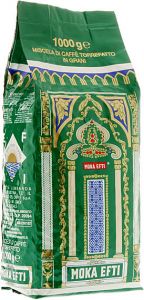
5-7 Workdays Article No. 10104
Aroma(s) : Nutty, Malty
Article No. 10104
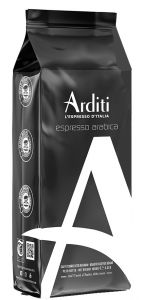
20-22
Workdays
Extended delivery time
Please note that if you purchase this item, you should expect a longer delivery time for your entire order. We cannot ship other items in your order, that are in stock, ahead of time.
Article No. 1167
Aroma(s) : Chocolaty, Floral, Fruity
Article No. 1167
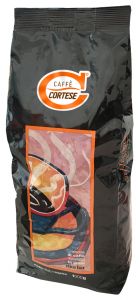
5-7 Workdays Article No. 10924
Aroma(s) : Chocolaty, Nutty
Article No. 10924
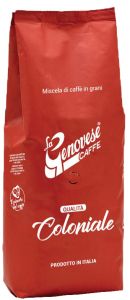
5-7 Workdays Article No. 10236
Aroma(s) : Chocolaty, Fruity
Article No. 10236
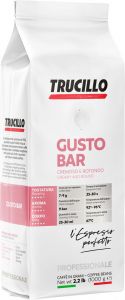
5-7 Workdays Article No. 10732
Aroma(s) : Chocolaty, Nutty
Article No. 10732
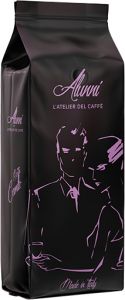
5-7 Workdays Article No. 10737
Aroma(s) : Nutty, Fruity
Article No. 10737
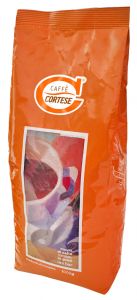
5-7 Workdays Article No. 10922
Aroma(s) : Chocolaty, Nutty
Article No. 10922
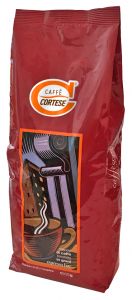
5-7 Workdays Article No. 10923
Aroma(s) : Nutty, Malty
Article No. 10923
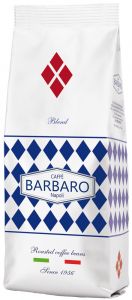
5-7 Workdays Article No. 10395
Aroma(s) : Chocolaty, Nutty
Article No. 10395

5-7 Workdays Article No. 10897
Aroma(s) : Chocolaty, Nutty, Malty
Article No. 10897
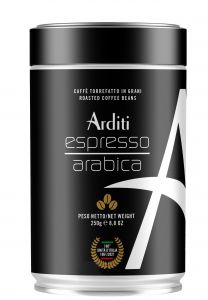
5-7 Workdays Article No. 1168
Aroma(s) : Chocolaty, Floral, Fruity
Article No. 1168
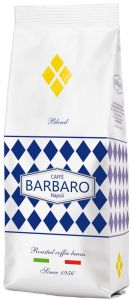
5-7 Workdays Article No. 10393
Aroma(s) : Chocolaty, Nutty
Article No. 10393
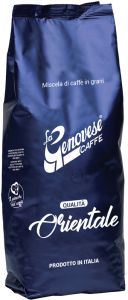
14-16
Workdays
Extended delivery time
Please note that if you purchase this item, you should expect a longer delivery time for your entire order. We cannot ship other items in your order, that are in stock, ahead of time.
Article No. 10235
Aroma(s) : Chocolaty, Nutty
Article No. 10235

5-7 Workdays Article No. 10099
Aroma(s) : Nutty, Floral
Article No. 10099
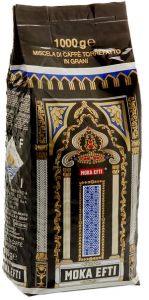
5-7 Workdays Article No. 10103
Aroma(s) : Chocolaty, Nutty
Article No. 10103

5-7 Workdays Article No. 1002
Aroma(s) : Chocolaty, Fruity
Article No. 1002

5-7 Workdays Article No. 1003
Aroma(s) : Nutty, Floral
Article No. 1003

5-7 Workdays Article No. 1004
Aroma(s) : Chocolaty, Fruity
Article No. 1004

5-7 Workdays Article No. 1006
Aroma(s) : Chocolaty, Fruity
Article No. 1006
Espresso: The Quintessence of Italian Coffee Culture
 Espresso is more than just a drink – it is a cultural asset, a science, and for many a daily necessity. In this comprehensive guide, we dive deep into the world of espresso, from its historical roots to the finest details of its preparation.
Espresso is more than just a drink – it is a cultural asset, a science, and for many a daily necessity. In this comprehensive guide, we dive deep into the world of espresso, from its historical roots to the finest details of its preparation.
The History of Espresso
Espresso as we know it today has its origins in late 19th and early 20th century Italy. The invention of the espresso machine revolutionized the way coffee was prepared and enjoyed.
- 1884: Angelo Moriondo patented the first espresso machine
- 1901: Luigi Bezzera refined the design and made it more practical
- 1905: Desiderio Pavoni began commercial production of espresso machines
These innovations led to the spread of espresso machines
in Italian cafés and laid the foundation for the global espresso culture [1].
What Makes Espresso Unique?
Espresso differs from other coffee brewing methods through several key factors:
|
This combination of factors results in a complex, aromatic drink that forms the basis for many popular coffee specialties.
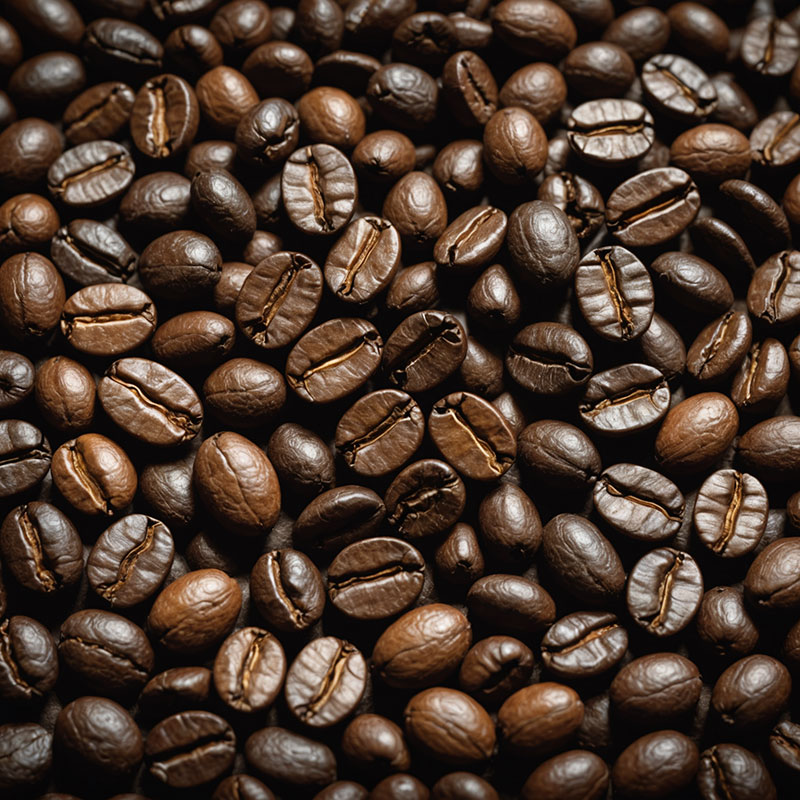 The Perfect Espresso Bean
The Perfect Espresso Bean
The choice of the right coffee beans is crucial for an excellent espresso. The following aspects should be considered:
Bean Types
- Arabica: Known for its complex, nuanced flavor
- Robusta: Offers more body and crema, often used in espresso blends
Most high-quality espresso blends consist
of a carefully balanced combination of both varieties [2].
Roasting
Espresso beans are typically roasted darker than filter coffee. This leads to:
|
Freshness
Freshly roasted beans are essential for an outstanding espresso.
Ideally, the beans should be used within 2-4 weeks after roasting.
The Art of Espresso PreparationThe perfect espresso preparation requires precision and practice. Here are the most important steps:
The result should be 25-35 ml of espresso with a golden-brown crema [3]. |
Espresso Machines: From Entry Level to Professional
Choosing the right espresso machine depends on individual needs and budget. Here's an overview of the most common types:
Portafilter Machines
- Semi-automatic: Offers the most control over the brewing process
- Fully automatic: Controls the water amount automatically
Super-automatic Machines
- Grinding, tamping, and brewing in one device
- Convenient but less control over the process
Capsule Machines
- Easy to use, less cleaning effort
- Limited selection of coffee varieties
For enthusiasts and cafés, high-quality portafilter machines are often the first choice as they offer the greatest control and customization options [4].
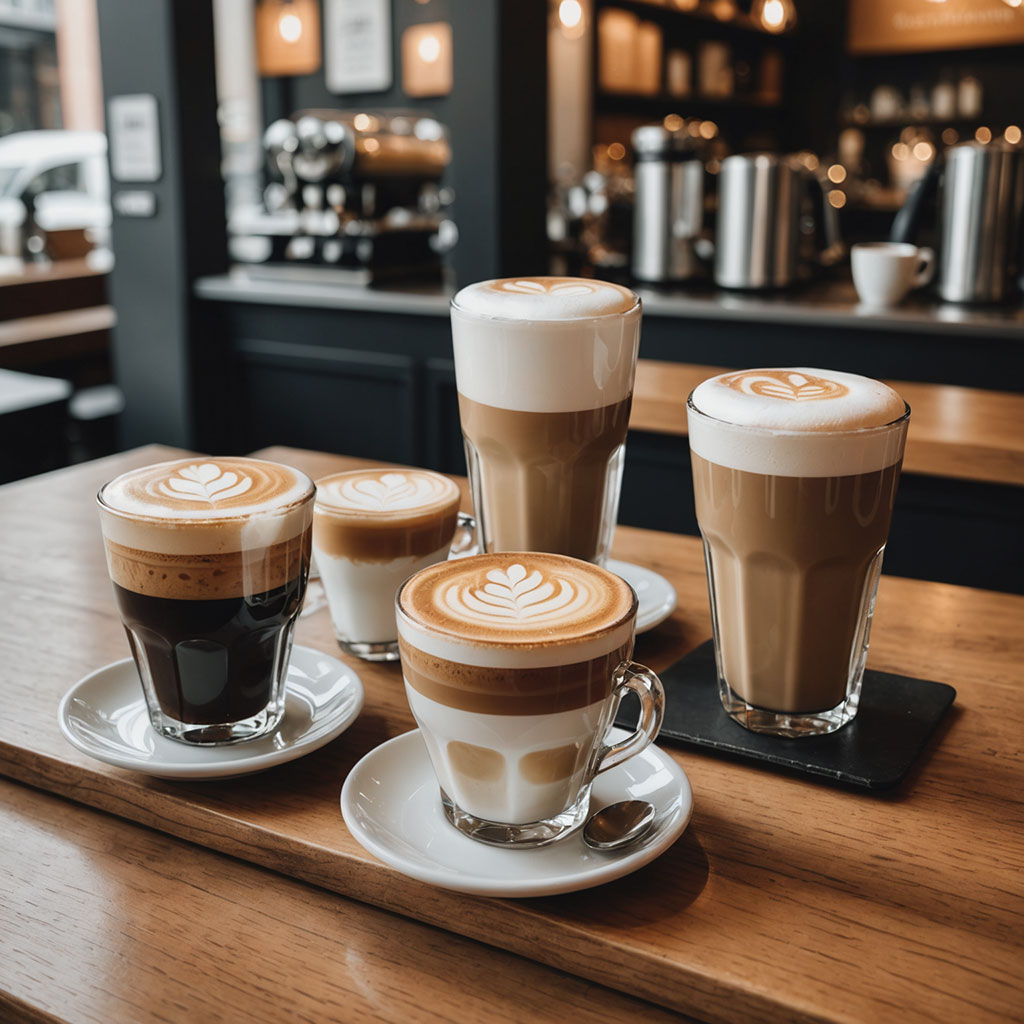 Espresso Variations
Espresso Variations
Espresso forms the basis for a variety of popular coffee drinks:
- Cappuccino: Espresso with equal parts steamed milk and milk foam
- Latte Macchiato: Espresso with lots of hot milk and a thin layer of foam
- Americano: Espresso with hot water added
- Ristretto: A more concentrated version of espresso with less water
- Affogato: Espresso poured over a scoop of vanilla ice cream
These variations show the versatility of espresso and its central role in modern coffee culture.
Conclusion
Espresso is much more than just a quick caffeine kick. It is a complex drink with a rich history and culture. From selecting the right beans to perfecting the preparation technique to choosing the ideal machine – every aspect contributes to the ultimate espresso experience.
Whether you're a café owner, a hobby barista, or simply a coffee lover, understanding and appreciating the art of espresso can elevate your daily coffee enjoyment to a new level.
Experiment with different beans, roasts, and preparation methods to find your perfect espresso. Because at the end of the day, the best espresso is the one that most closely matches your personal taste.
Sources


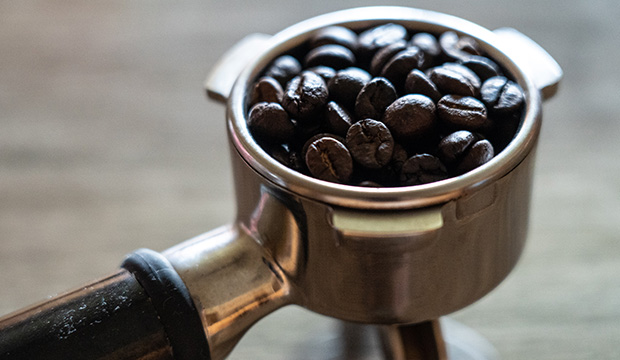
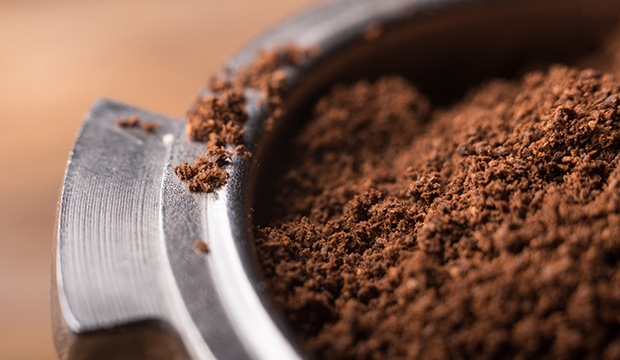

 The Perfect Espresso Bean
The Perfect Espresso Bean Espresso Variations
Espresso Variations